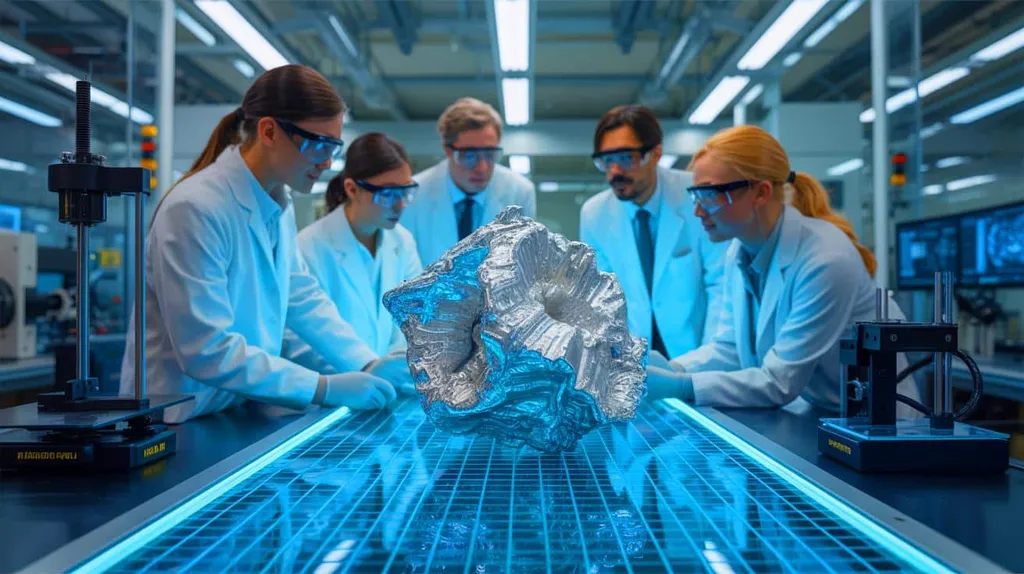In the realm of advanced manufacturing, a significant breakthrough has emerged that could reshape the aerospace and energy sectors. Researchers have discovered that by adjusting the interlayer spacing in the additive manufacturing process of 2219 aluminum alloy, they can substantially enhance the material’s microstructure and mechanical properties. This innovation, led by Xiaohui Jiang from the School of Mechanical Engineering at the University of Shanghai for Science and Technology, opens new avenues for creating stronger, more reliable components crucial for high-stress applications.
The study, published in *Hanjie xuebao* (translated as *Journal of Materials*), focused on the friction stir deposition process, a solid-phase additive manufacturing technique. By varying the interlayer spacing—1 mm, 1.5 mm, and 2 mm—the team observed remarkable improvements in the material’s performance. “When we reduced the interlayer spacing from 2 mm to 1 mm, the dense defect-free area expanded significantly, and the material bonding became more sufficient,” Jiang explained. This refinement led to a notable reduction in grain size, from 3.69 μm to 2.27 μm, which is critical for enhancing the material’s strength and durability.
The implications for the energy sector are profound. Aerospace components, such as those used in aircraft and spacecraft, require materials that can withstand extreme conditions while maintaining structural integrity. The enhanced mechanical properties observed in this study—including a 26 MPa increase in tensile strength and a 3% improvement in elongation—could lead to the development of lighter, more efficient components. “The deposited parts with a 1 mm interlayer spacing exhibited the best material properties, with a yield strength of 122 MPa, tensile strength of 207 MPa, and an elongation after fracture of 7%,” Jiang noted. These advancements could translate into safer, more reliable energy systems, from wind turbines to nuclear reactors.
Beyond aerospace, the energy sector stands to benefit from this research. The ability to produce high-strength, lightweight components could revolutionize the design of renewable energy infrastructure, such as offshore wind turbines and solar panel frameworks. Additionally, the improved material properties could enhance the safety and efficiency of energy storage systems, including batteries and hydrogen fuel cells.
The study’s findings also highlight the importance of optimizing manufacturing processes to achieve superior material performance. As additive manufacturing continues to evolve, researchers and engineers will need to explore similar refinements to unlock the full potential of advanced materials. “This research demonstrates the critical role of interlayer spacing in additive manufacturing,” Jiang said. “By fine-tuning this parameter, we can significantly enhance the mechanical properties of the final product.”
In conclusion, this groundbreaking research offers a glimpse into the future of advanced manufacturing, where precision and innovation converge to create materials that push the boundaries of what is possible. As the energy sector continues to demand stronger, lighter, and more efficient components, the insights gained from this study will undoubtedly shape the development of next-generation technologies. With the publication of these findings in *Hanjie xuebao*, the stage is set for further exploration and application of these principles across various industries.

